
The Curiosity rover has now resumed its journey toward Mount Sharp after experiencing some delays due to a faulty drill mechanism. The rover conducted a short drive over the past weekend toward a new location with “plenty of science targets to choose from.” Being on the road again is of course a relief to mission engineers and scientists, although the problems with the drill are still being diagnosed. As has come to be expected, Curiosity again made some exciting science observations in 2016, which continue to show that this region on Mars was once a lot more habitable in the ancient past, and perhaps bringing us closer to answering the question of whether life ever actually did exist there.
On sol 1555, the rover began a remote sensing science block. Both Navcam and Mastcam made observations of the atmosphere, while ChemCam is busy analyzing four rock targets: “Somes Sound,” “Schoodic Peninsula,” “South Bubble,” and “Schooner Head.” Mastcam is also taking mosaic images of the targets “Old Soaker,” “Squid Cove,” “Sieur de Monts,” “Goat Trail,” and “Bald Peak.” After the remote observations, the rover will do a short “bump” drive to put it in position for direct contact science on the rock targets. Post-drive images will also be taken, to assist with the targeting procedures.
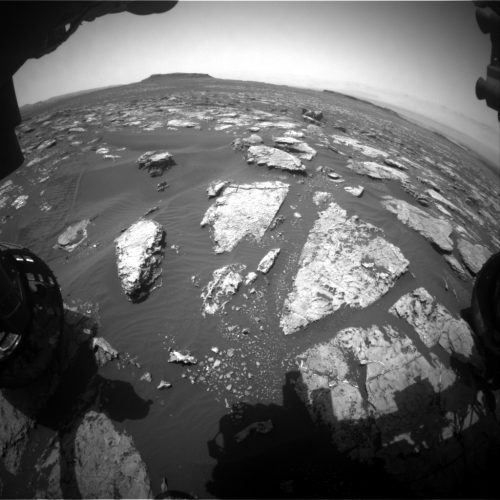
Later, on sol 1556, Navcam will again observe the atmosphere to search for clouds, and on Sol 1557 there will be a routine engineering diagnostic activity for the Hazcams.
The drill problems have slowed down the science work being done, but engineers are working on fixing the anomaly as soon as possible.
“We are in the process of defining a set of diagnostic tests to carefully assess the drill feed mechanism. We are using our test rover here on Earth to try out these tests before we run them on Mars,” said Curiosity Deputy Project Manager Steven Lee, at the Jet Propulsion Laboratory. “To be cautious, until we run the tests on Curiosity, we want to restrict any dynamic changes that could affect the diagnosis. That means not moving the arm and not driving, which could shake it.”
Despite the recent drill issues, Curiosity has continued to conduct incredible science in 2016.
As recently reported, Curiosity has continued to revolutionize our understanding of Mars, showing how the planet was once a lot more Earth-like than it is now, with a previously habitable environment. Gale crater, where the rover landed in 2012, was once a large lake or series of lakes, with streams cutting through the crater walls. Curiosity has been studying how conditions changed over time in various locations as it travels from the crater floor to the base of Mount Sharp and then gradually climbing the lower slopes of the mountain itself. The rover has been examining the abundances of clay minerals, hematite, and other minerals and how they differ in various regions, including in the sedimentary layers of Mount Sharp. These provide important clues to changing conditions. As the Curiosity twitter account noted, “I’m reading you like a book, Mars.”
“There is so much variability in the composition at different elevations, we’ve hit a jackpot,” said former Curiosity Project Scientist John Grotzinger, in Pasadena, Calif.
The higher up the rover drives, the younger the sedimentary layers are. When the lake(s) first existed in Gale crater, the mountain hadn’t even formed yet. Curiosity has also found evidence for extensive groundwater in the past. As with the lake water, it was quite neutral, not too acidic or salty. This would have provided conditions quite favorable for life, if it ever did get started on Mars. This region would also have acted as a chemical reactor, providing minerals that could have been used by microbial life.
“A sedimentary basin such as this is a chemical reactor,” Grotzinger said. “Elements get rearranged. New minerals form and old ones dissolve. Electrons get redistributed. On Earth, these reactions support life.”
Up until the current drill problem, Curiosity has obtained and analyzed rock samples from 15 different drill sites so far.
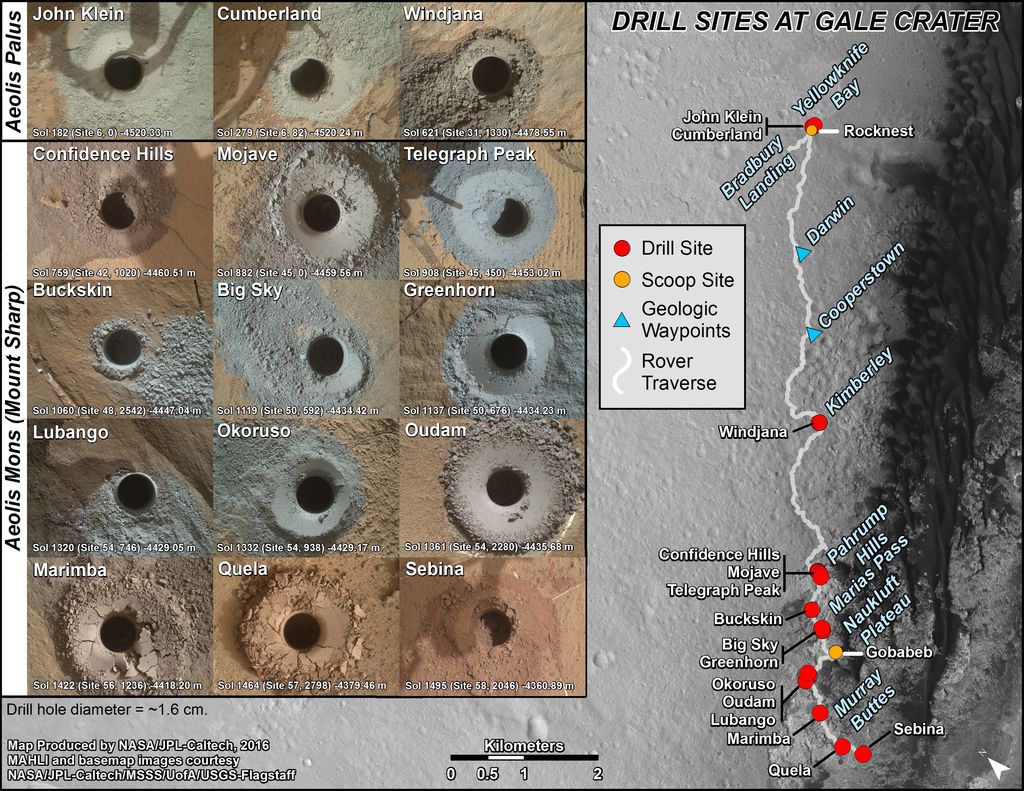
“We are well into the layers that were the main reason Gale Crater was chosen as the landing site,” said Curiosity Deputy Project Scientist Joy Crisp of NASA’s Jet Propulsion Laboratory in Pasadena, Calif. “We are now using a strategy of drilling samples at regular intervals as the rover climbs Mount Sharp. Earlier we chose drilling targets based on each site’s special characteristics. Now that we’re driving continuously through the thick basal layer of the mountain, a series of drill holes will build a complete picture.”
Curiosity recently discovered the first evidence for the element boron, found within mineral veins in some of the rocks the rover has studied.
“No prior mission has detected boron on Mars,” said Patrick Gasda of the U.S. Department of Energy’s Los Alamos National Laboratory in Los Alamos, N.M. “We’re seeing a sharp increase in boron in vein targets inspected in the past several months.”
On Earth, boron is commonly found where water has evaporated away and is a key building block of life on Earth. In Earth life, it is tied to the formation of ribose, a key component of RNA. The presence of boron still doesn’t prove that life existed, but it is another important clue.
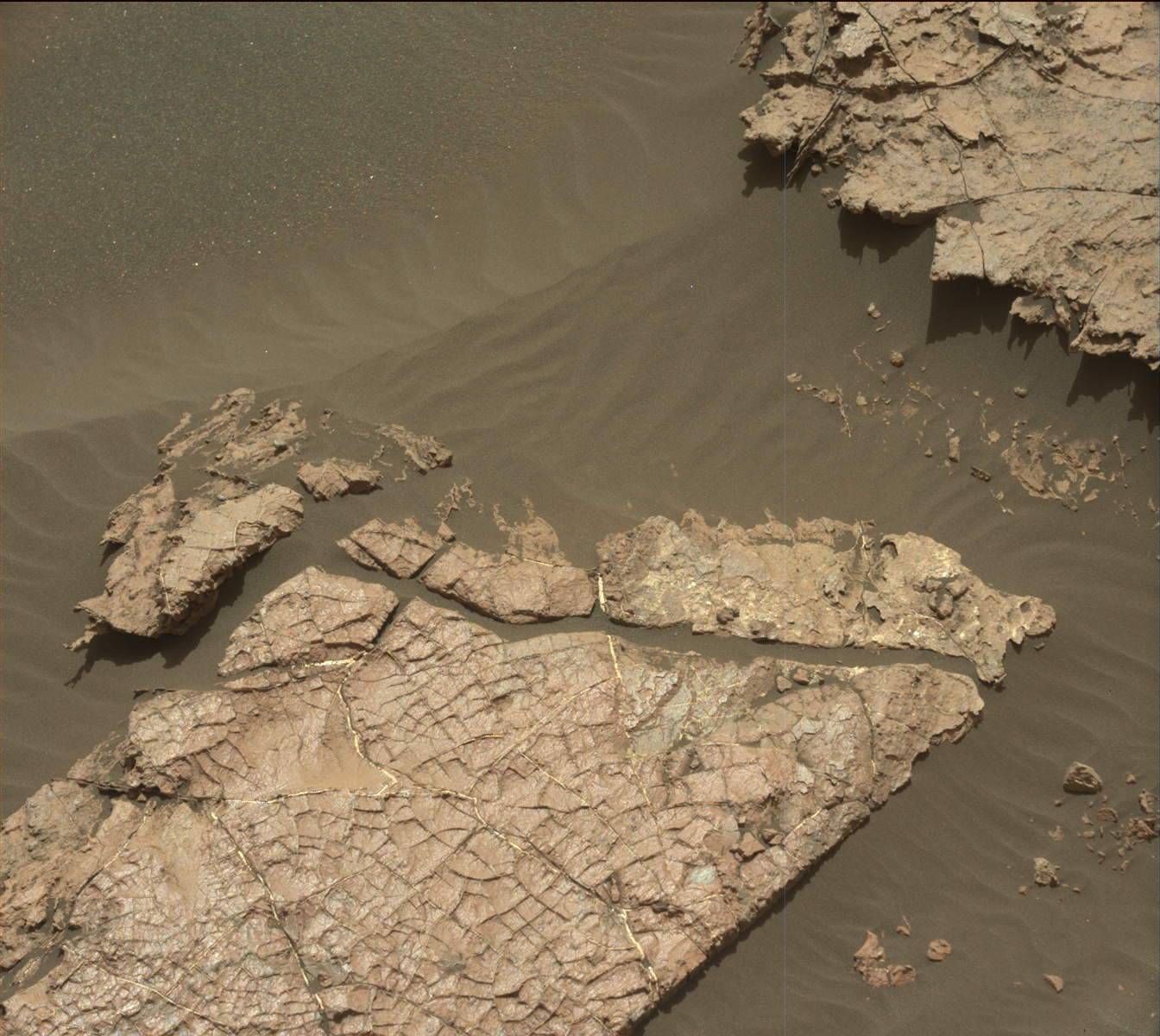
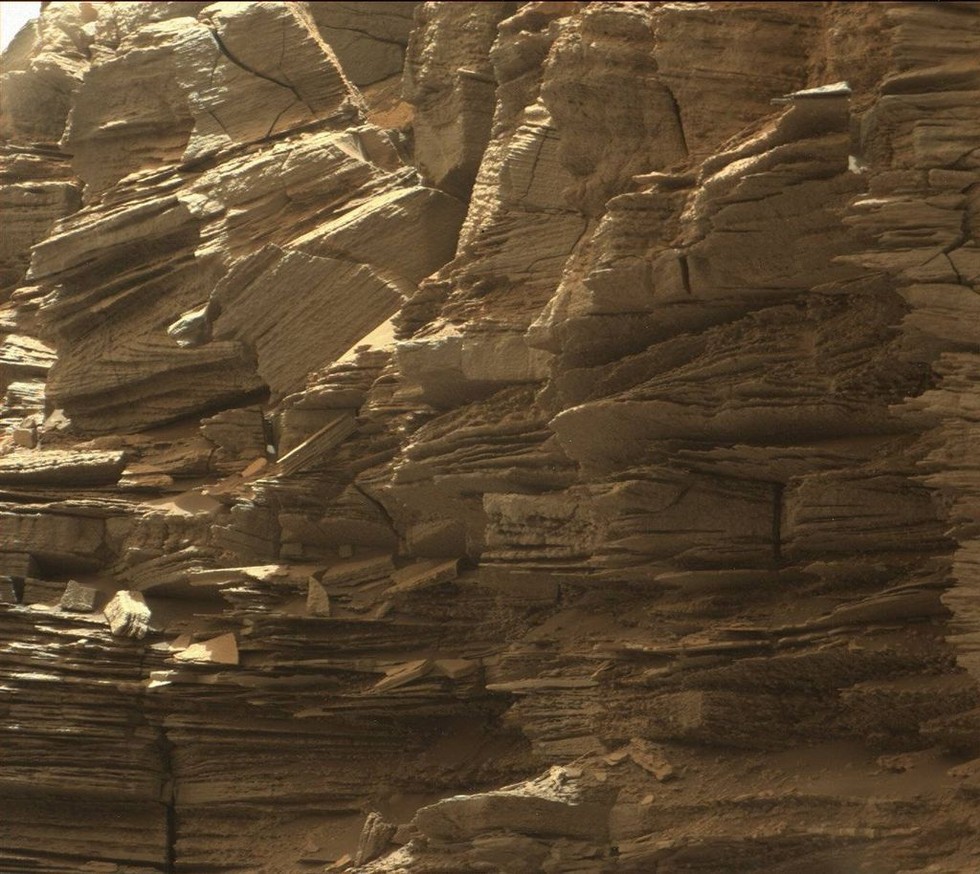
“Variations in these minerals and elements indicate a dynamic system,” Grotzinger said. “They interact with groundwater as well as surface water. The water influences the chemistry of the clays, but the composition of the water also changes. We are seeing chemical complexity indicating a long, interactive history with the water. The more complicated the chemistry is, the better it is for habitability. The boron, hematite and clay minerals underline the mobility of elements and electrons, and that is good for life.”
Another key discovery is that of organics. This has been one of the major objectives of the mission, because without organic material you can’t have life. In a recent update, it was announced that organics are now thought to be “all over Mars.”
“I am convinced that organics are all over Mars,” said Jennifer Eigenbrode, a biogeochemist and geologist at NASA’s Goddard Space Flight Center in Greenbelt, Md.
“They’re all over the surface and they’re probably through the rock record. What that means is something we’ll have to talk about,” Eigenbrode said last week during a National Academy of Sciences workshop which focused on the search for life elsewhere.
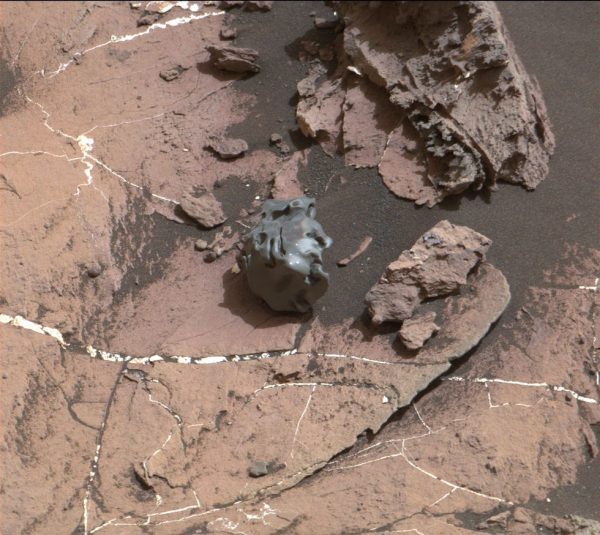
Much of the organic material has been found in mudstone bedrock, which used to be on the bottom of the lake(s). As well as simple organic compounds, some more complex ones have also been found, known as organic macromolecules. On Earth, about 70 to 90 percent of organic matter is macromolecular. Even these organics still don’t prove past life, but they are tantalizing. Organic compounds can also be created without life, or even brought to the surface by meteorite impacts, but whether these organics point to the remnants of once-active biology or were created abiotically isn’t known yet, and Curiosity’s instruments are limited in that regard. But even just finding them is exciting for scientists.
“To me this is the biggest take-home message. Four years ago, we would never have said this,” Eigenbrode said. “That organic matter could be really important,” she also noted. “The door is really open here to an expanded habitability potential.” As she also noted, “the presence of organic matter actually supports the habitability of an ancient lake.”
Curiosity has also found silica-rich deposits, another piece of evidence that Gale crater used to be a much wetter place than it is now. Silica is also ideal for preserving microscopic fossils, at least on Earth.
“Silica is the great material on Earth that survives everything,” Grotzinger said. “If you have it precipitate early on, it is capable of preserving the things you’re most interested in and apparently Mars is making this stuff.”
Curiosity has also continued to measure the methane in Mars’ atmosphere, finding that it seems to be seasonal. Whether that methane is biological origin, like most methane on Earth, or geological isn’t known yet.
Another very interesting finding was that Mars apparently had a lot more oxygen in its atmosphere in the past than it does now. Evidence for this comes from the high level of manganese found in some of the rocks that Curiosity has studied.
“We found 3 percent of rocks have high manganese oxide content,” said Agnès Cousin of the Research Institute in Astrophysics and Planetology in Toulouse, France, at the European Geophysical Union meeting in Vienna, Austria, earlier this year, and reported in New Scientist. “That requires abundant water and strongly oxidising conditions, so the atmosphere may have contained much more oxygen than we thought.”
Exactly how the oxygen originated isn’t known yet. On Earth, by far most of the oxygen is produced by living organisms, via photosynthesis. Could the same thing have happened on Mars? Perhaps, although there are other possibilities as well. Oxygen can also be produced by ultraviolet radiation from the Sun breaking down carbon dioxide, the electrolysis of water, or the photolysis of ozone. Typically, those sources produce much smaller amounts of oxygen. Earth’s atmosphere is rich in oxygen because organisms keep replenishing it, and the gas remains stable. Also, while oxygen is produced by some organisms, it can be deadly for others.
As interestingly noted by Damien Loizeau of the University of Lyon in France, “O2 is bad for life as we know it, but we only know life to be able to create large amounts of O2.”
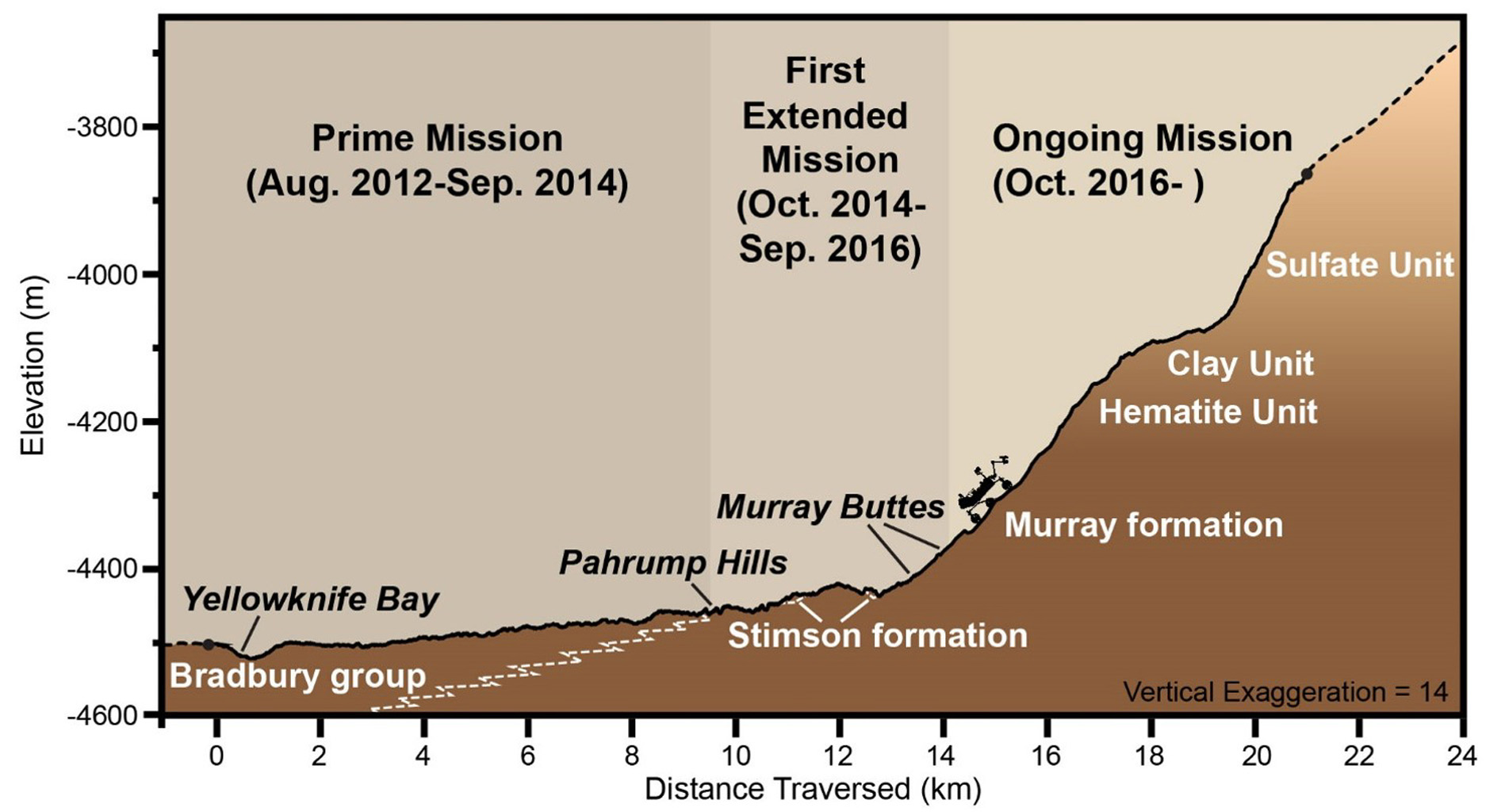
On Oct. 27, Curiosity found an iron-nickel meteorite, nicknamed “egg rock.” Meteorites have been seen by other Mars rovers before, but this was the first one to be examined with Curiosity’s laser-firing spectrometer.
“The dark, smooth and lustrous aspect of this target, and its sort of spherical shape attracted the attention of some MSL scientists when we received the Mastcam images at the new location,” said ChemCam team member Pierre-Yves Meslin, at the Research Institute in Astrophysics and Planetology (IRAP), of France’s National Center for Scientific Research (CNRS) and the University of Toulouse.
The discoveries in 2016 build upon previous findings from the rover, including evidence for an ancient continental crust, biochemically accessible nitrogen, possible current liquid water brines, the first measurements of methane in the atmosphere, and, perhaps, even evidence for ancient life itself. The rover also examined some massive dark sand dunes and towering layered buttes up close; the dunes are part of a chain of dunes called Bagnold Dunes which surround part of the base of Mount Sharp.
Curiosity will now continue its journey into the foothills of Mount Sharp, a prime target for exploration since landing in 2012. If the past few years are any indication, 2017 should also be a great year of new discoveries. What will Curiosity find next?
More information about the Curiosity mission is available on the NASA website.
Be sure to “LIKE” AmericaSpace on Facebook and follow us on Instagram & Twitter!





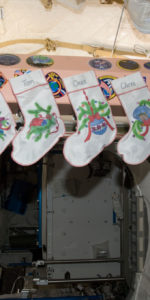
It is fanciful to imagine that sometime in the distant future, mankind will do an “Apollo 12” and retrieve pieces of one or more rovers and bring them back to Earth. It will indeed be exciting to see what discoveries await us in 2017.
Thank you Paul Scott Anderson for the interesting update article on Curiosity!
Is it “fanciful to imagine that sometime in the distant future,” we humans will use pulsed nuclear photofission “New Orion” spaceships to head off to Ceres, Mars, and Pluto?
Maybe it is not so fanciful.
“There are many advantages to applying photofission for nuclear pulsed space propulsion. Photofission has been demonstrated by readily available sources, such as natural uranium isotopes, lead, and thorium [13] [14]. As opposed to a difficult to regulate neutron flux, photofission is controlled based on the activation of the ultra-intense laser, which can also be remote to the propulsion system [2].”
From: ‘Project New Orion: Pulsed Nuclear Space Propulsion Using Photofission Activated
by Ultra-Intense Laser’
By Robert LeMoyne and Timothy Mastroianni
At: http://file.scirp.org/pdf/JAMP_2016041311280742.pdf
Could we really use the photofission of “lead” or “thorium” to power a New Orion nuclear pulse spaceship launched from the Moon?
That might be a nifty way to get from the Moon to Ceres, Mars, or Pluto pretty quickly.
And there is “thorium” available on the Moon.
“The Compton–Belkovich Thorium Anomaly was found in 1998 by the Gamma Ray Spectrometer (GRS) instrument on board the Lunar Prospector (LP) and subsequently identified as a hotspot, located around 61.1°N 99.5°E.[2] The estimated thorium concentration reaches 5.3 µg/g (5.3 micrograms per gram) while the surrounding highland basalts only contain between 0 and 2 µg/g. Compared to the Earth’s thorium concentration of 0.06 µg/g, the Compton–Belkovich’s is very high.[4]”
From: “Compton–Belkovich Thorium Anomaly’ Wikipedia
At: https://en.wikipedia.org/wiki/Compton%E2%80%93Belkovich_Thorium_Anomaly
Yep, the Moon could be ‘The Gateway to Mars’ and a whole lot more!
Who will be the first to land a mining exploration rover at the Compton–Belkovich Thorium Anomaly?
Could the first person, company, or country to land and explore that location with a robot or team of human geologists claim and mine all of the Compton–Belkovich Thorium Anomaly?
Does the discovery of the Compton–Belkovich Thorium Anomaly by NASA’s Lunar Prospector give the USA any legal claim to mining the thorium there and the thorium the Lunar Prospector discovered elsewhere on the Moon?
“Lunar Prospector is the third mission selected by NASA for full development and construction as part of the Discovery Program.”
And, “The mission ended July 31, 1999, when the orbiter was deliberately crashed into a crater near the lunar south pole after the presence of water ice was successfully detected.[2]”
From: ‘Lunar Prospector’ Wikipedia
Does that mean NASA/USA could also claim all the water ice the Lunar Prospector discovered?
Could a treasure hunter, perhaps one of Santa’s elves, “retrieve pieces of one or more rovers and bring them back to Earth” and then sell those rover pieces to make some money to buy toys for poor kids?
Wow! This Lunar and Mars mining and retrieving stuff could get really complicated!
Where are the lawyers?
As we enter 2017, perhaps some roving curiosity and wisdom could be useful.
“But his concern points to the idea that space, more than anything else, teaches us that we can only wrap our knowledge of the universe successfully around pieces of it by constantly stretching our imagination. That means reading science fiction and listening to crackpots and tuning into the Art Bell radio show in the middle of the night and realizing that people at the fringe and beyond can be pretty crazy, but once in a while they come up with an idea that isn’t obviously impossible, or even if it is crazy, might actually be true.”
From: ‘Toward a Theory of Space Power: Defining Principles for U.S. Space Policy’
By James Oberg May 20, 2003
At: http://marshall.org/wp-content/uploads/2013/08/140.pdf
the rover is fantastic piece of equipment america is really great filled with great minds and its about time we took credit for that and rover is afine example other countries cant even land on mars and here america is traveling all over the surface and exploring finding great beginings for possible life and minerals and who knows whats next rover and team your doing a great job amd making america proud